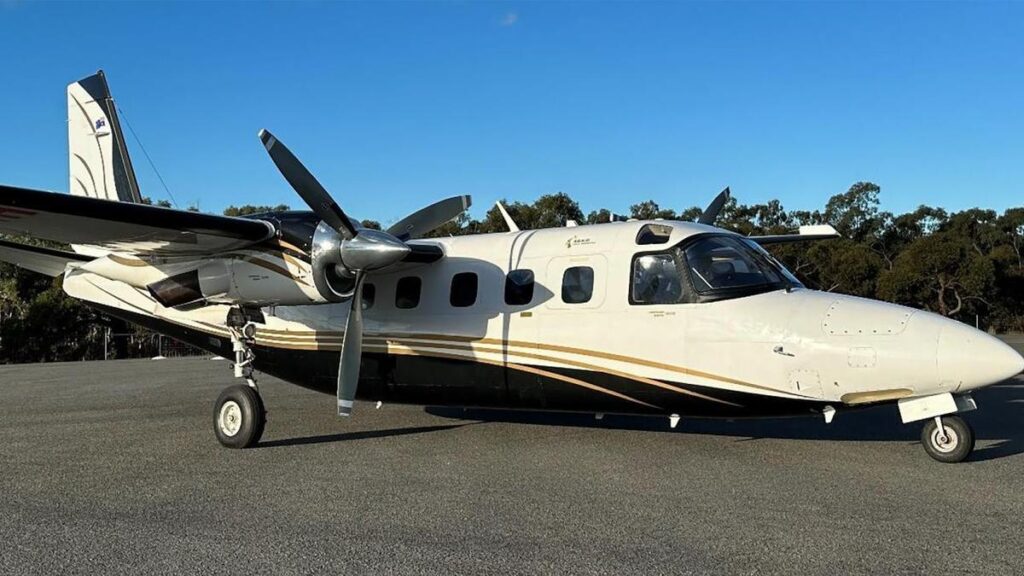A firefighting plane that crashed and killed three people in outback Queensland had a “long-term intermittent defect” which affected cabin pressure, an investigation has found.
And a phone call made minutes before the tragedy was a “missed opportunity” to save their lives.
The Australian Transport Safety Bureau released a report on Thursday into the crash of the twin-engine charter plane.
The aircraft was conducting aerial fire surveillance operations for bushfires in Queensland’s northwest on November 4, 2024.
There were radio communication issues with the pilot, indicating he was suffering from a lack of oxygen in the body known as hypoxia, before the plane crashed near Cloncurry, the bureau said in the report.
A pilot and two camera operators, including 22-year-old American William Jennings, were on board the plane, operated by AGAIR, which specialises in aerial firefighting and agricultural services.
The bureau found the aircraft had a long-term intermittent defect with the pressurisation system that reduced the maximum attainable cabin pressure.
Senior AGAIR management had tried to rectify the defect, but did not formally record it, communicate it to the safety manager, undertake a formal risk assessment of the issue, or provide explicit procedures to pilots for managing it.
“Instead, AGAIR management personnel participated in and encouraged the practice of continuing operations in the aircraft at a cabin altitude that required the use of oxygen, without access to a suitable oxygen supply,” the bureau said.
About 37 minutes before the crash, the Airservices Australia air traffic management director and shift manager spoke to AGAIR’s head of flying operations by phone to advise that it had lost radio communications with the plane for an extended period.
During the six-minute call, the AGAIR head was advised the pilot had exhibited symptoms of hypoxia, and air traffic control had initiated ‘oxygen’ radio calls.
The AGAIR head was also informed traffic control had regained direct communication with the pilot and no longer had concerns for the aircraft.
“At no point during the telephone conversation did the HOFO (head of flying operations) advise … that the aircraft had a known intermittent pressurisation defect as it did not occur to them to do so,” the report said.
“The telephone conversation to AGAIR was a missed opportunity to communicate critical safety information about the aircraft, that was directly relevant to the conversation, at a time when ATC (air traffic control) could have taken further action to instruct the pilot to descend to a safe altitude.”
The safety bureau has recommended AGAIR seek an independent review of their organisational structure and oversight of operational activities.
“This accident highlights the dangers of operational practices that intentionally circumvent critical safety defences,” the report said.
“The acceptance of these actions at an individual and organisational level normalises that behaviour and exposes the operation to an unnecessarily increased level of risk.”
AGAIR has been contacted for comment.
https://thewest.com.au/news/disaster-and-emergency/plane-defect-not-mentioned-minutes-before-fatal-crash-c-19084443


